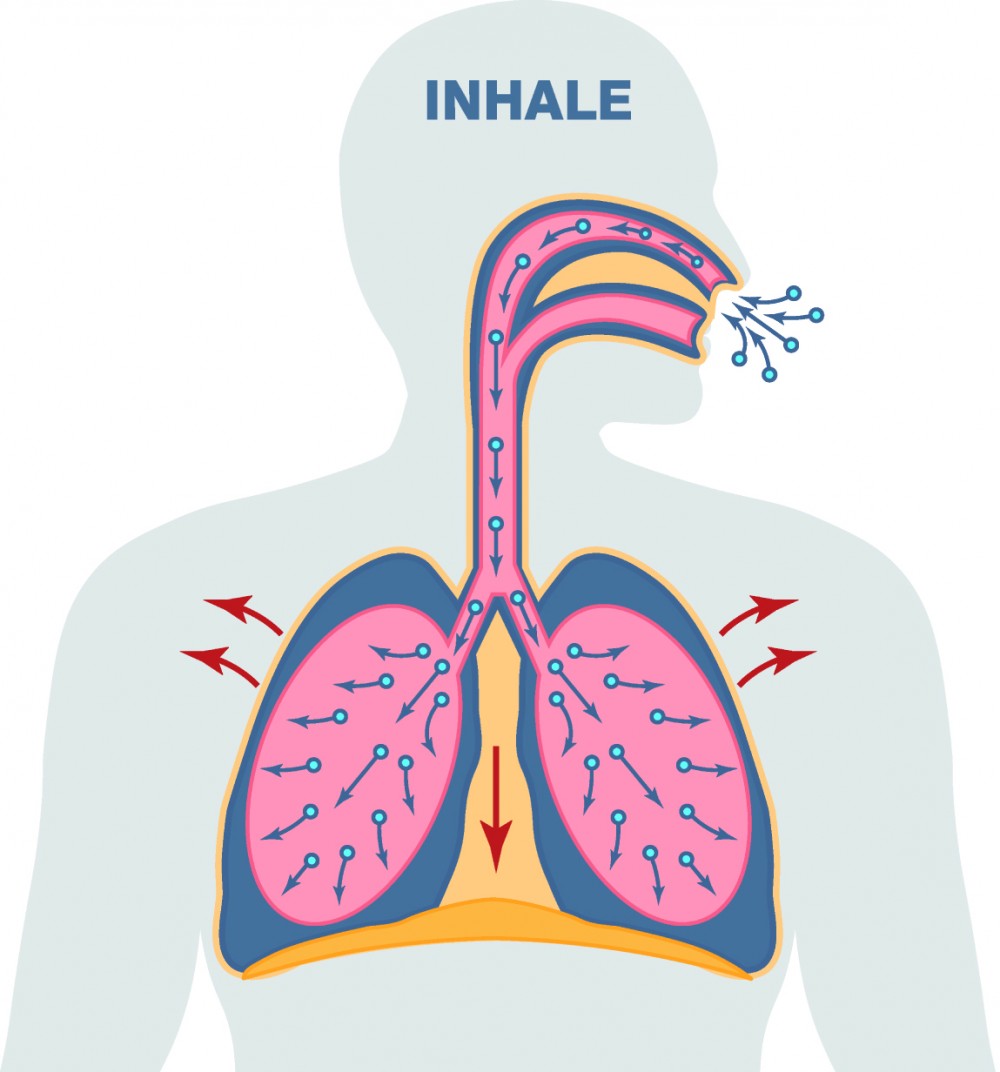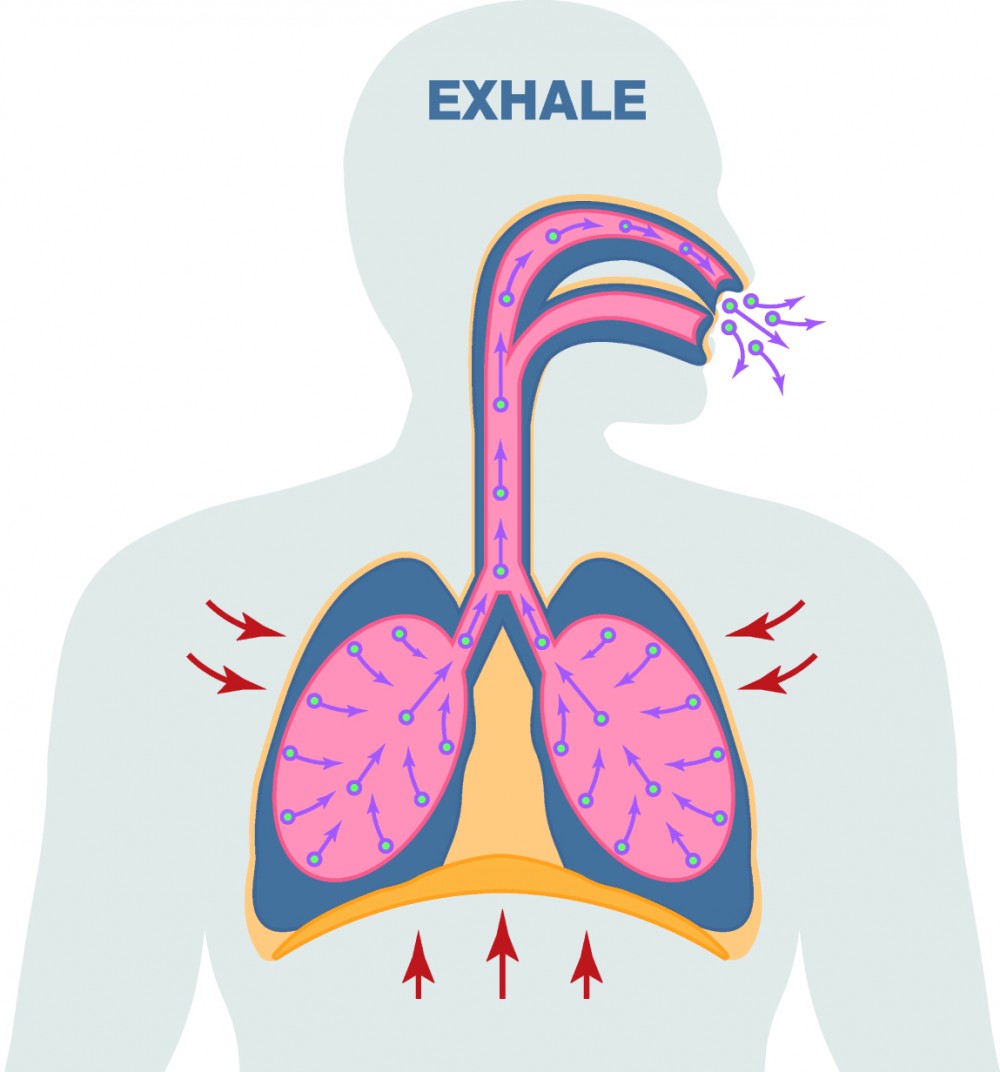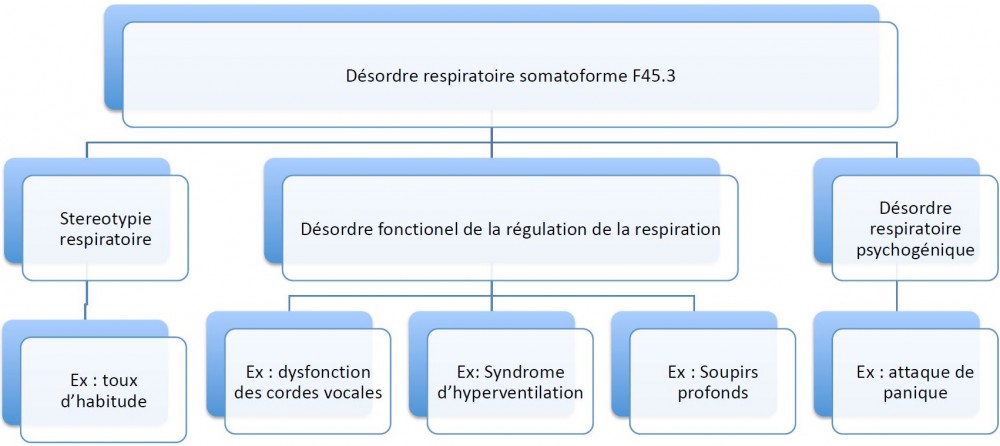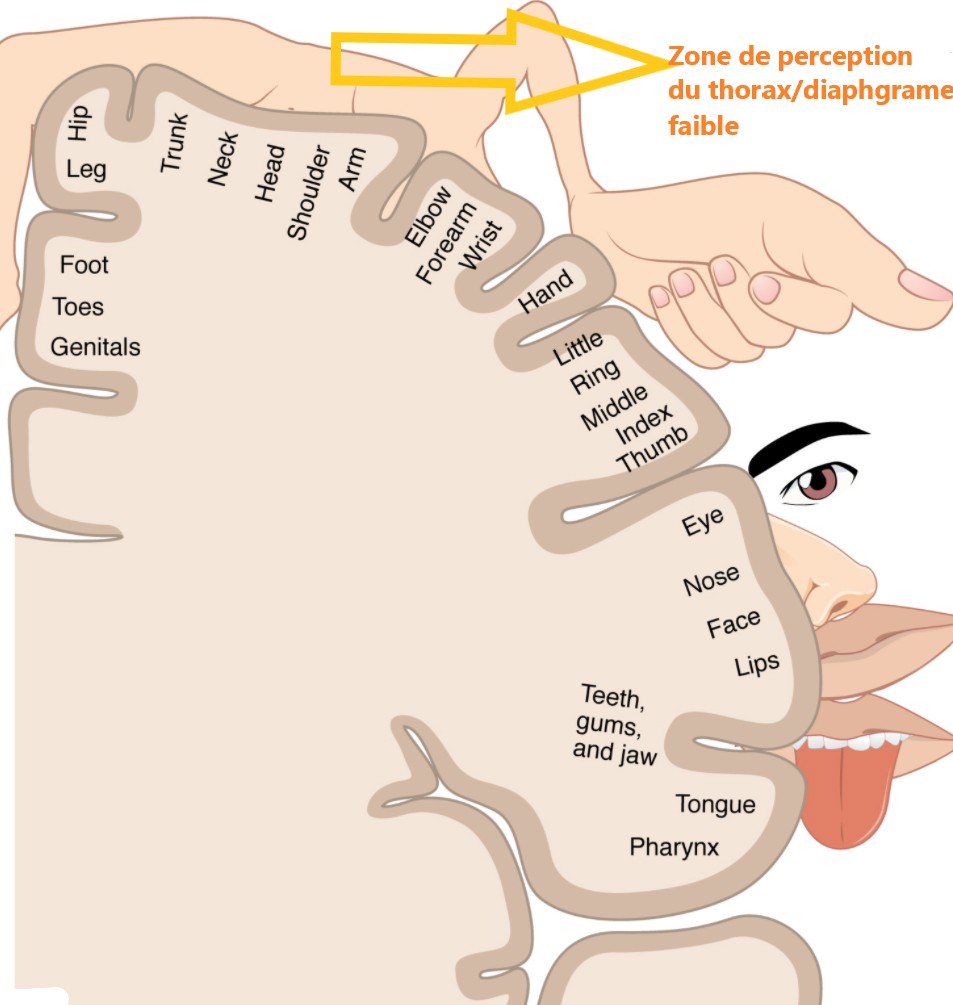Why?
Breathing is a natural function, mostly unconscious; it is an ultimately trivial, yet vital act. From birth, our natural breathing varies to adapt to life's circumstances. It is altered by a series of factors linked to our history - education, stress, illness, emotional shocks... - We have thus developed a breathing habit, more or less effective, an automatic pattern to which we spontaneously return even in our sleep.
So when, for example, we advise someone to breathe without giving further details, this person will spontaneously and unconsciously breathe more deeply but still according to his or her usual pattern. This reaction is not necessarily the most appropriate for the situation.
However, nothing is set in stone: the same mechanisms that have anchored a habit can be used voluntarily to forge a new one: this re-education is possible thanks to our cerebral and muscular plasticity.
Breathing education involves understanding how breathing works, knowing how to analyse breathing habits to determine what needs to be changed, through what training, to return to a breathing habit as close to natural breathing as possible.
"Inspiration" is a word with a positive connotation. In the field of breathing it is the movement that fills us with oxygen and therefore with life. "Exhalation", on the other hand, is associated with empty breath and even with death - the last breath -.
But it is the exhalation that corresponds to the relaxation phase of the breath. Exhalation is caused by the rise of the diaphragm. If it blocks and does not rise enough, we have an incomplete exhalation, which provokes a superficial "thoracic" breathing, faster, with an increase in the heart rate. This effect is multiplied during stressful or anxious situations: We then have a sensation of lack of air, which we try to compensate by trying to inhale more, preventing the lowering of the rib cage during exhalation, which remains incomplete. This is a vicious circle which not only has immediate effects - hyperventilation, tachycardia... - but also long-term effects, insofar as this experience is engrammed by the body and builds the -bad- breathing habit.
The long-term negative effects of blocking the diaphragm are numerous:
• Digestive disorders due to organ compression (constipation, bloating, chronic abdominal pain, ...)
• Tachycardia; similarly the pericardium is attached by ligaments to the diaphragm and the chest and neck wall. If its lower attachment is pulled downwards, this will cause it to stretch, which can lead to palpitations.
• Poor adaptation to exercise
• Neck pain
• Sleep disorders
• Migraines, attention disorders
• Insufficient venous return due to the lack of a "diaphragmatic pump" linked to the reduction in the amplitude of movement
• Cervical pain
• Relaxation of abdominal and pelvic muscles
• Lumbago; the pillars of the diaphragm pull on its lumbar insertions leading to a phenomenon of lordosis


Observations from twenty years of practice
As a paediatrician, I am regularly confronted with a number of symptoms caused by bad breathing habits:
Children or teenagers have difficulties not to panic during an asthma attack, which is further aggravated by the counterproductive effect of anarchic breathing
Some children or adolescents no longer have an "objective" sense of their respiratory status outside of an attack.
This results either in an increase in the sensation of respiratory discomfort, leading to excessive intake of Ventolin, or, conversely, a delay in sensing the onset of the crisis, which consequently leads to a delay in its treatment.
Psychogenic coughs are frequently seen, reflecting tension, particularly in the upper airways.
We also find exertional dyspnoea which, once asthma has been eliminated, is most of the time only the translation of hyperventilation and desynchronised breathing, and this often leads to small psychodramas with fainting spells, a call to the fire brigade, the fear of a serious illness...
This is what is known as "functional respiratory disorders or somatoform disorders".

Rééduquer la respiration
Few sensations come from our thorax, compared to those from our mouth or hand. This is why we pay little attention to our ventilatory sensation - the sensation of breathing movements and the muscles involved. For example, it is very difficult to feel the work of our diaphragmatic muscle.
It is therefore necessary to educate the "respiratory sensation". It is possible to work on one's breathing in depth, to reshape it like a potter in order to obtain a new and more "efficient" breathing mode.
Translated with www.DeepL.com/Translator (free version)
By training the muscles involved, they become more flexible and stronger, which increases the range of breathing. The position of the diaphragm improves not only because it becomes more flexible, but also because the breathing becomes slower due to the longer exhalation time. At rest, the diaphragm is held higher, which not only improves the quality of breathing but also reduces compression of the abdomen.
In addition to the muscular work, a work of posture in space is fundamental so that our breathing is naturally well placed. The inversion postures in yoga allow us to decrease the breathing rate and to naturally find the benefits of cardiac coherence.
